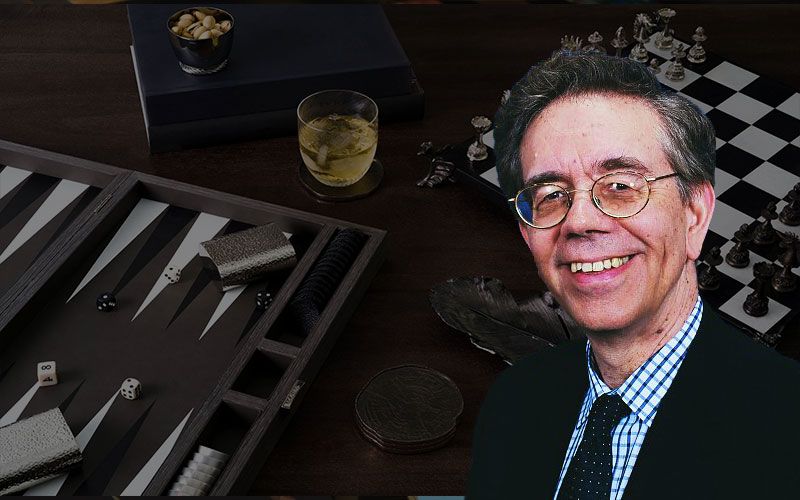
While many plays in backgammon are virtually forced, other situations may leave you with five or more reasonable alternatives. This is especially true of doubles, where the number of possibilities may be even higher.
In such situations, you need a systematic approach to finding the best play. Most players react haphazardly in these situations. They look for a good play, think about it for a few moments, and only look for a second or third play if the first play doesn’t look appealing. If the second play doesn’t look good after a moment or two, they may bounce back to their first play, or cast around for another. The result is a chaotic decision process that may well overlook the best play.
A better approach is to spend a little time at the beginning to list, in your head, all the candidate moves: those moves that are at least plausible. Only after you’re sure that you’ve listed all the candidates do you proceed with the process of winnowing the list. In this way you can be sure that you’ve at least seen the best play. Remember: If you don’t see a play, you can’t make it.
Loading board
Black has so many possibilities here that our first job is just to list the candidate plays. So let’s see what they might be. First, we have our old standbys, 8/4 6/4, making the 4-point, and 24/20 22/20, making the 20-point. We also have the plays where Black hits on the 5-point and follows with one of several reasonable deuces: 22/20, 24/22, or 13/11. Finally, Black can elect to make the 9-point and play either 24/22 or 22/20. That’s a total of seven plausible candidates. Now let’s use what we know about the position (and backgammon in general) to try and prune the list.
-
13/9 22/20: Splitting the back checkers always involves some risk. Your goal is to improve the connectivity of your checkers and prepare to escape the back men. You’re willing to pay some price for connecting your men, but the price mustn’t be too high. The more builders White has in the general area of your back men, the higher the price of leaving your men loose. Here White has eight active attackers bearing on Black’s rear blots: three on the 6-point, plus all the men in the outer board. So 24/22 is going to dominate 22/20 when that’s the choice of deuce. Shifting with 13/9 22/20 thus gets eliminated.
-
9/5* 22/20: This play gets eliminated because a loose hit on the 5-point, while useful, is thoroughly dominated by plays that make a great point.
-
9/5* 13/11: The checker on the 11-point doesn’t add enough cover numbers to justify stripping the midpoint and leaving four blots around the board. “Too loose, Lautrec”, as the late Chuck Papazian was fond of saying.
-
9/5* 24/22: Not a bad play, since it fights for the 5-point and leaves no extra blots around. Black is likely to get hit back, however, while the 22-point could become a trap.
Even though we’ve eliminated these four, choosing among the remaining three is still a tough decision. Here’s a summary of their strengths and weaknesses.
-
13/9 24/22: Reasonable, since it leaves no blots and makes two points. The problem here is that the midpoint is stripped, so Black’s upcoming sixes and fives could be quite awkward.
-
8/4 6/4: This makes a nice point and smooths out Black’s distribution. Of all the choices, it gets the most work out of Black’s checkers. If White couldn’t move, this would rank very high on the efficiency scale. Unfortunately, White can move, and that’s the problem. He has plenty of builders and lots of targets. Too dangerous.
-
24/20 22/20: Defensive, but the play leaves a very nicely balanced position. Black secures the best anchor and can’t be blocked in the future. The spare on the midpoint increases his flexibility. Best of all, the cost of being hit with a four is minimized since fours would make White’s 20-point anyway. Although making the 20-point with a 42 is occasionally too passive, here it offers the best chances compared to the alternatives.